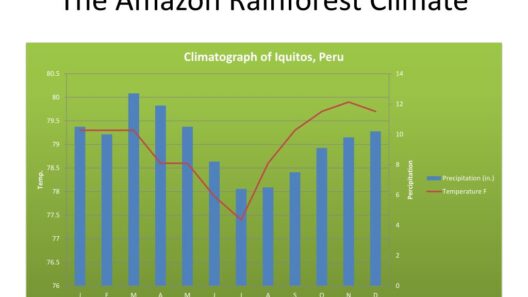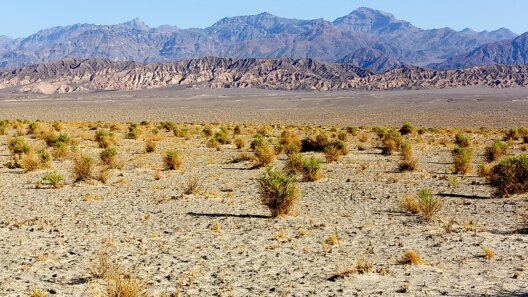The climate of Arkansas has often been seen as a tapestry of diverse ecosystems, exhibiting everything from swampy lowlands to frost-kissed vistas. The rapidly changing climate raises a provocative question: how do we reconcile the historical climatic identity of Arkansas with its shifting meteorological future? As we navigate this question, it’s imperative to consider how climate change poses both challenges and opportunities for this enchanting state.
Historically, Arkansas has been characterized by its warm, humid subtropical climate. The state is known for its rich biodiversity, with vast swaths of wetlands that provide essential habitats for myriad species. From the banks of the Mississippi River to the swamps of the Arkansas Delta, the ecosystem’s vitality has long been its cradle of life. But with changing climate patterns, the very fabric of this environment is starting to unravel.
The idyllic image of swamps may soon be countered by an unexpected visitor: snow. Snowfall in Arkansas has become more frequent in recent years, particularly in regions not typically associated with heavy winter weather. This transformation is saliently visible in the state’s mountainous areas and northern expanses. The juxtaposition of verdant landscapes transitioning to snowy terrains raises a critical inquiry—how effectively can Arkansas adapt to its fluctuating climate?
Adapting to climate change is indeed a formidable challenge. The centers of human activity—urban cities, rural communities, and agricultural regions—must contend with the specter of extreme weather events. Flooding, driven by increased rainfall, threatens fertile farmland, while prolonged droughts can accelerate soil degradation and disrupt food production. As temperatures rise, some crops may become untenable, leading to economic and social consequences that ripple through communities.
The potential for winter snow presents a paradox for Arkansas. While snow has its charm—offering opportunities for recreational activities and transforming the state into a winter wonderland—its arrival can be disruptive. Infrastructure—built for a predominantly temperate climate—is ill-equipped for the icy realities. Roads become treacherous, and energy demands surge as residents turn to heating systems that may not be prepared for these extremes.
The repercussions of climate change extend beyond immediate impacts. The interplay between precipitation patterns and temperature shifts creates a feedback loop that exacerbates environmental challenges. For instance, mudslides and erosion become a heightened risk as the ground fails to stabilize under the weight of fluctuating moisture levels. Furthermore, invasive species may thrive in these altered conditions, undermining local flora and fauna.
Change is not inherently disastrous, however. Therein lies a glimmer of hope. Arkansas presents a unique canvas for ecological restoration. The state’s natural landscapes could serve as formidable allies if managed with foresight. Conservation initiatives directed toward wetlands can help mitigate flooding while improving water quality. Reforestation projects not only sequester carbon but also provide natural barriers against the winds of climate change.
Moreover, Arkansas’ cultural affinity for hunting and fishing binds communities to the landscape. This connection can foster a communal effort towards sustainability. By incorporating traditional ecological knowledge with contemporary science, Arkansans can forge resilient strategies to adapt to both swamps and snow. Engaging youth in environmental stewardship programs can incite a generational shift toward mindful interaction with the environment.
To navigate the impending challenges, policies at local, state, and federal levels must prioritize environmental integrity. Initiatives aimed at investing in renewable energy sources, enhancing public transportation, and supporting sustainable agriculture practices will not only bolster community resilience but also carve pathways to economic revitalization. With appropriate legislative support, Arkansas can emerge as a beacon for progressive environmental policies in the southern United States.
Perhaps the most pivotal question remains: can Arkansans embrace this duality of swamps and snow? The state’s identity is deeply rooted in its natural resources and historic landscapes, yet it stands on the brink of transformation. As seasons shift and ecosystems respond, a sense of responsibility emerges among the citizenry. It is incumbent upon residents and policymakers alike to foster an atmosphere of adaptive resilience.
Embracing change does not mean yielding to despair. Instead, it encourages proactive engagement with our environment. With collaborative efforts, communities can implement innovative solutions, such as utilizing green infrastructure to manage stormwater while beautifying urban spaces. Together, individuals, organizations, and governments can create robust frameworks that respect both Arkansas’s past and its future.
In this exploration of “Arkansas Climate Uncovered: From Swamps to Snow?”, the essence of the state’s climate narrative comes alive. Indeed, it is a challenge to harmonize the identity of Arkansas with the realities of climate change. Yet within this challenge lies an opportunity—an opportunity to craft a new story, one that weaves together resilience, adaptation, and an unwavering commitment to preserving the diverse ecosystems that make Arkansas a unique and vibrant place to call home.







